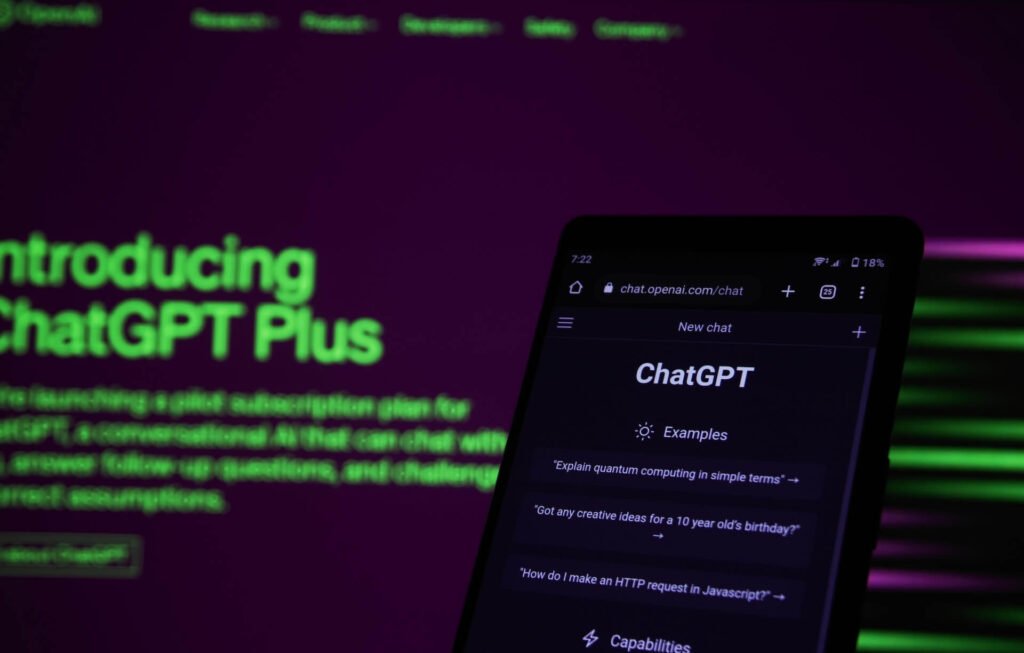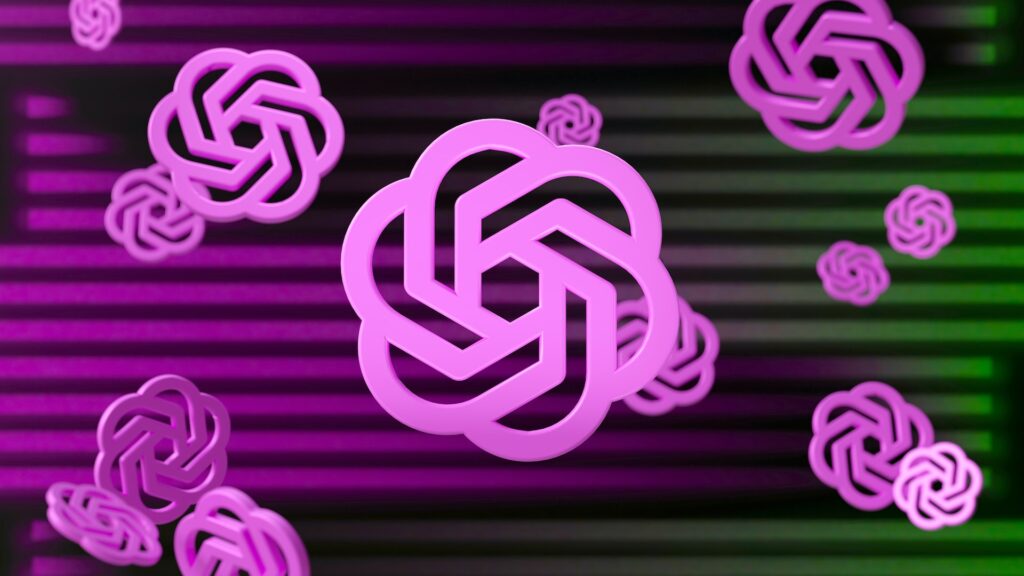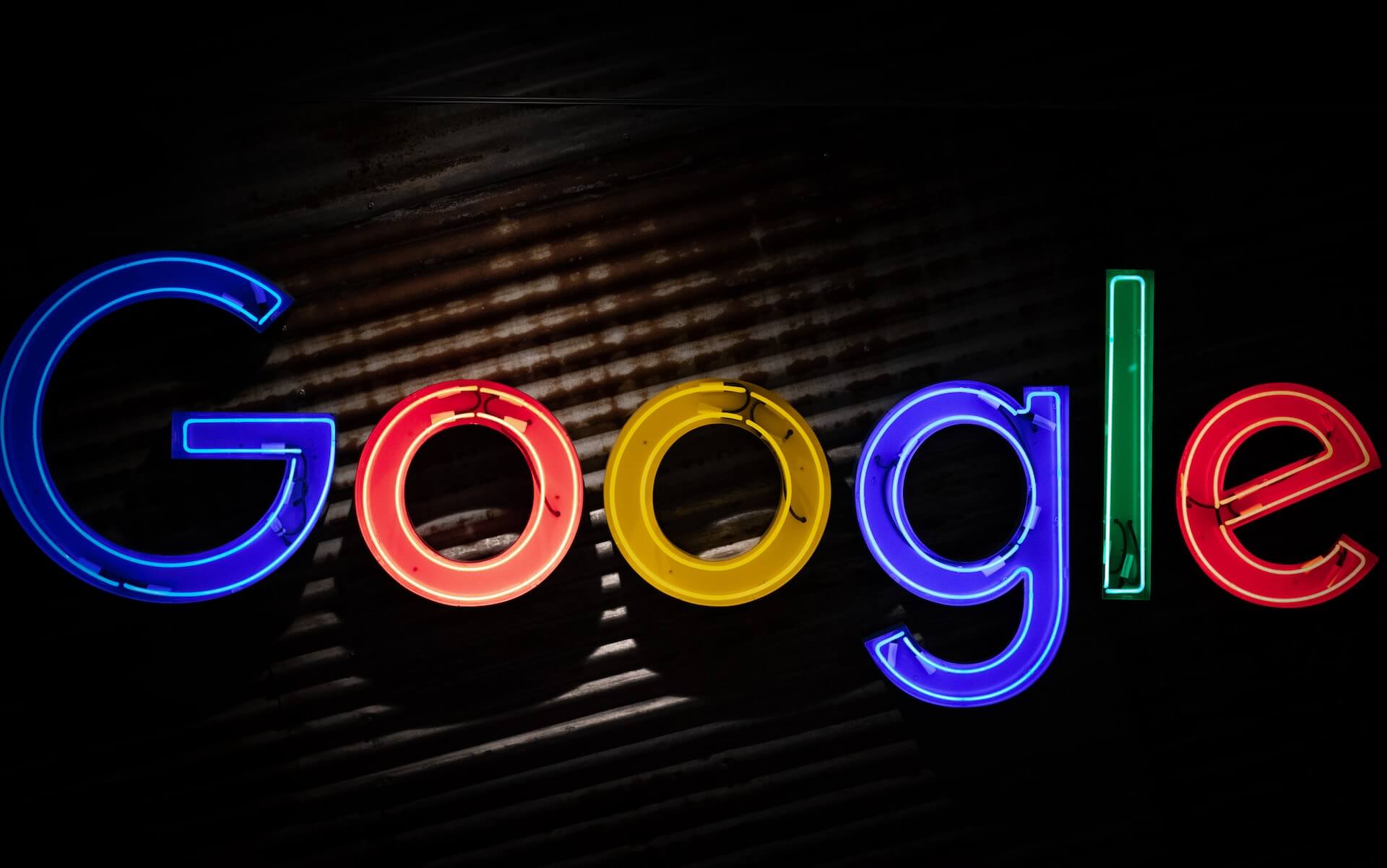ChatGPT has appeared to some as a golden opportunity: a tool to quickly and “well” produce text. However, entrusting editorial production to ChatGPT has its limits, particularly due to its monotonous style. The challenge is to harness ChatGPT’s potential for web writing while keeping in mind that it will never replace a human.
What is ChatGPT?
ChatGPT is a chatbot that allows you to interact with GPT (Generative Pre-trained Transformer), an artificial intelligence developed by the American company OpenAI. This tool generates textual content in response to specific commands called prompts.
This technology has been accessible to the public since the end of November 2022. It has generated considerable interest, prompting us to question its use in content production on the web. The current challenge is to use ChatGPT’s capabilities correctly for writing while avoiding bad practices.
Web writing and ChatGPT: Errors to Avoid
Because ChatGPT’s responses always seem convincing, one might be tempted to trust it blindly. However, to use it correctly, there are some mistakes to avoid.
Considering ChatGPT as a replacement
ChatGPT does not replace humans. However, it can be useful for:
- Generating ideas for written content
- Conducting information research
- Drafting initial content
To use it effectively, you need to explain step by step what you want to achieve. This requires taking the time to clarify what you naturally do. ChatGPT is, therefore, an executor.
Thinking that a prompt is the same as a Google search query
Since ChatGPT is an executor, you need to clearly and precisely tell it what you expect from it. Writing a good prompt results in a good outcome. Learning how to communicate with AI is a skill that needs to be acquired. You need to tell it:
- What role to play
- Provide constraints
- Where to find information
- What format the output should be
A good prompt is essentially a sequence of commands in a conversation.
On the internet and LinkedIn, experts share their prompts. You can try them out and adjust them to your needs. Moreover, a little tip: when a prompt satisfies you, consider saving it in a folder for later use.
Trusting ChatGPT’s responses
As surprising as it may seem, you need to be knowledgeable about your subject when you query ChatGPT. This technology doesn’t know how to say “I don’t know”; it is a creative intelligence. Inventing a response is not a problem for it. Furthermore, it does not cite its sources. However, it is an excellent tool for brainstorming.

What are the limitations of ChatGPT for web writing?
ChatGPT is increasingly used to create content strategies. However, the tool has limitations:
- Monotonous and repetitive style
- Formatted and politically correct language
- Lack of emotions in its responses
- Inability to connect to the internet (ChatGPT 3)
- Poor at math (if you ask for 3 sentences, it can write 10!)
However, it is a very useful tool for:
- Generating ideas
- Defining personas
- Creating an editorial calendar
- Finding lead magnet ideas
- Discovering long-tail keywords
- Creating plans based on specific prompts
So, can ChatGPT be used to produce written content?
Yes and no. It depends on how you use ChatGPT for web writing. If you take the text produced by ChatGPT as it is, it’s a bad practice. It lacks everything you expect from good written content:
- Emotions
- Brand tone
- Dynamic writing
- …
In short, you don’t connect with a text written by artificial intelligence. You don’t recognize yourself in it, and that’s normal because it wasn’t designed for that purpose. Therefore, the texts produced by ChatGPT are not reusable as they are.
This is where the web writer comes into play… Their mission is to transform a text generated by ChatGPT into quality content that meets the needs of your audience and is optimized for search engines.
Furthermore, before publishing any web content produced by ChatGPT, it is essential to verify what is written. Generally, the examples provided are vague. Therefore, it is the responsibility of the web writer to fact-check the information on the internet or in books. They must ensure not to spread fake news or provide bad advice on the internet.
What about the SEO of content generated by artificial intelligence?
Sports results, weather forecasts, audio or video transcriptions… Content generated by artificial intelligence is not new on the internet. Google’s stance on content generated with AI remains unchanged: it rewards quality content. If a text produced by ChatGPT is useful and reliable, Google has no reason to penalize it. However, internet users are not fooled: texts written by ChatGPT are less impactful and engaging than those written by SEO web writers.
On the other hand, using artificial intelligence to automate content production is considered spamming: such content may be demoted in rankings or even removed from search results.
Therefore, ChatGPT should be considered an assistant for web writing. Being an expert in your field allows you to spot errors and inventions in ChatGPT’s responses. This ensures that your audience receives original, high-quality, and personalized content.






